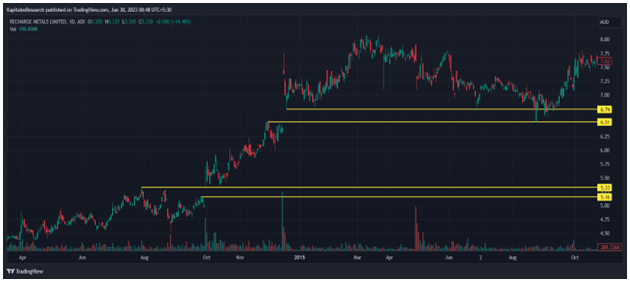The gap theory is a widely used concept in technical analysis that helps traders and investors understand and interpret price gaps on charts. Price gaps occur when there is a significant difference between the closing price of one trading session and the opening price of the next session. These gaps can provide valuable insights into market sentiment, potential trading opportunities, and future price movements. In this article, we will explore the basics of the gap theory, different types of gaps, and how traders can utilize them in their analysis.
1. Understanding Price Gaps: A price gap occurs when there is a break in the price continuity between two consecutive trading sessions. This break signifies a sudden shift in market sentiment or a significant event that impacts supply and demand dynamics. Price gaps are typically visible on bar charts, candlestick charts, or line charts, where there is a clear separation between the closing price of the session and the opening price of the next session.
2. Types of Price Gaps: There are four primary types of price gaps that traders commonly encounter:
Trading Strategies Using Gap Theory: Gap theory provides traders various trading strategies and techniques to capitalize on price gaps. Here are a few commonly used approaches:
Gap Analysis in Conjunction with Other Indicators: Gap analysis is most effective when combined with other technical indicators and analysis techniques. Traders often use tools such as trend lines, moving averages, oscillators, and chart patterns to confirm or validate the signals provided by price gaps. This comprehensive approach helps increase the probability of successful trades and reduces the risk of false signals.
Limitations of Gap Theory: While gap theory can provide valuable insights, it is not without limits. Price gaps can occur for various reasons, including overnight news events, earnings releases, or market manipulation, making them unpredictable. Not all price gaps also carry significant predictive value, and some may be mere noise or temporary market imbalances.

Moreover, gaps in intraday trading or in illiquid markets may not be as reliable as those observed in well-established markets with higher trading volumes. Traders must consider the context, market conditions, and other relevant factors before making trading decisions based solely on price gaps.
In conclusion, the gap theory is a fundamental concept in technical analysis that helps traders interpret price gaps on charts. By understanding the different types of gaps and employing various trading strategies, traders can benefit from price gaps and make informed trading decisions. However, it is important to use gap analysis with other technical indicators and consider market conditions to increase the probability of successful trades.
Nextgen Global Services Pty Ltd trading as Kapitales Research (ABN 89 652 632 561) is a Corporate Authorised Representative (CAR No. 1293674) of Enva Australia Pty Ltd (AFSL 424494). The information contained in this website is general information only. Any advice is general advice only. No consideration has been given or will be given to the individual investment objectives, financial situation or needs of any particular person. The decision to invest or trade and the method selected is a personal decision and involves an inherent level of risk, and you must undertake your own investigations and obtain your own advice regarding the suitability of this product for your circumstances. Please be aware that all trading activity is subject to both profit & loss and may not be suitable for you. The past performance of this product is not and should not be taken as an indication of future performance.